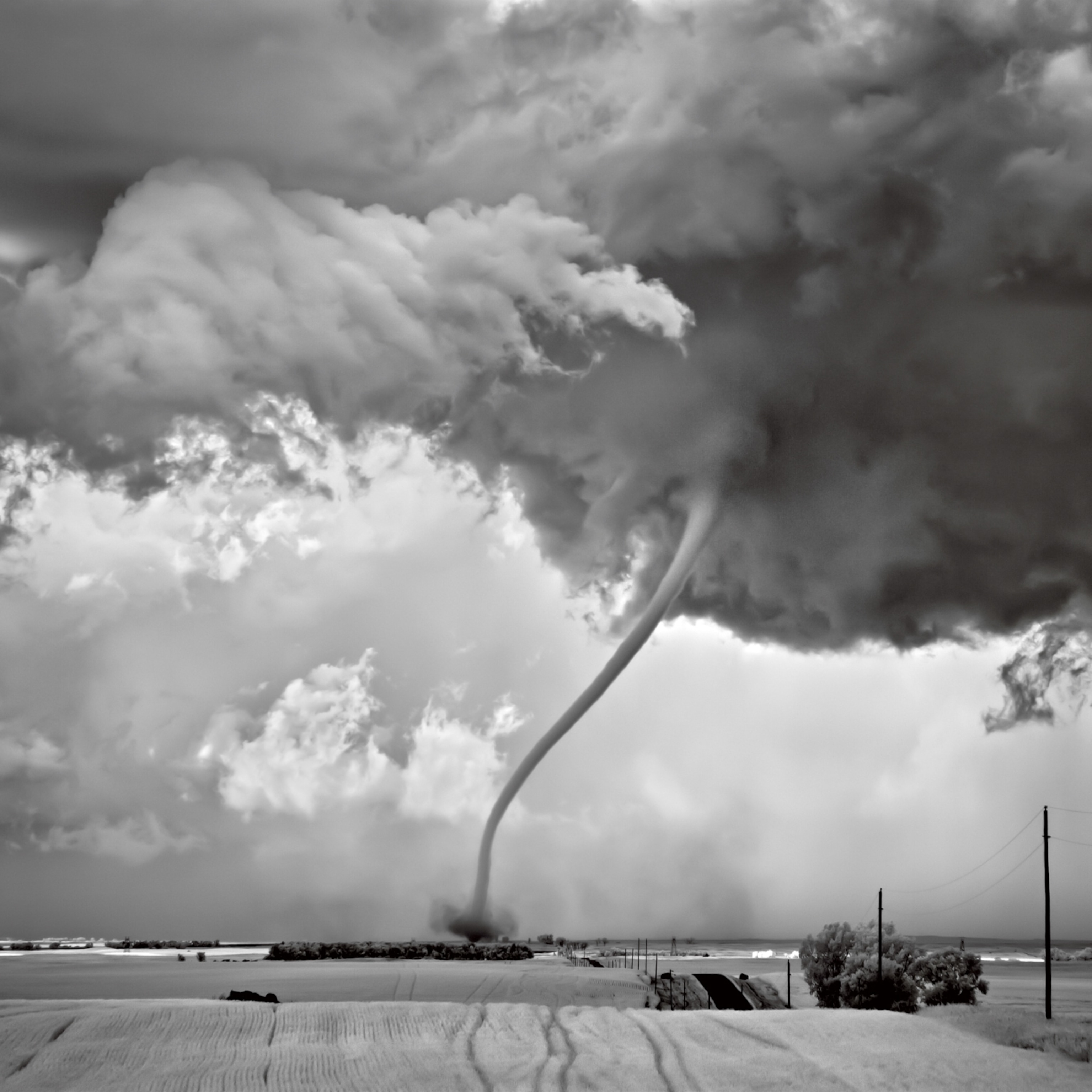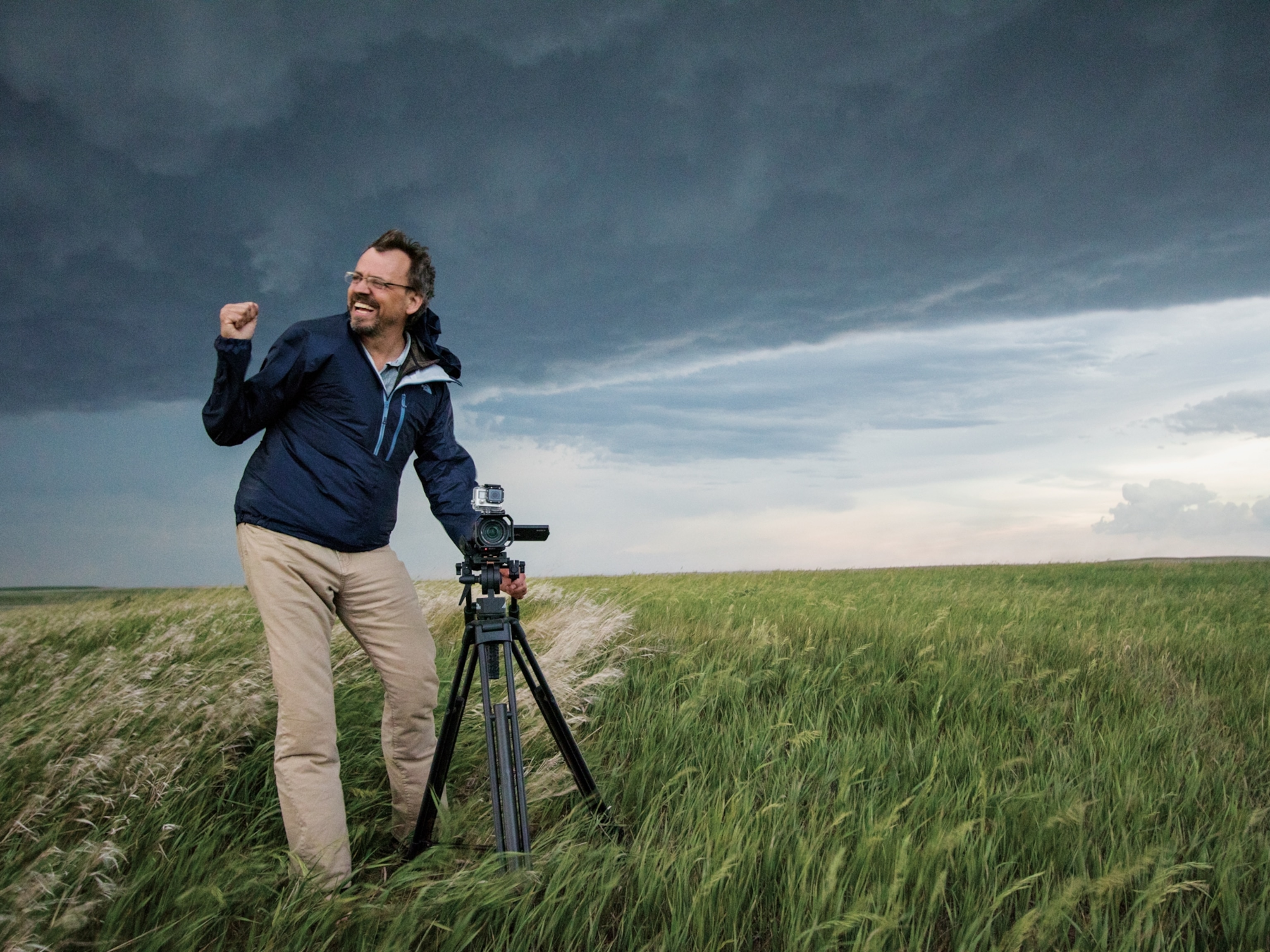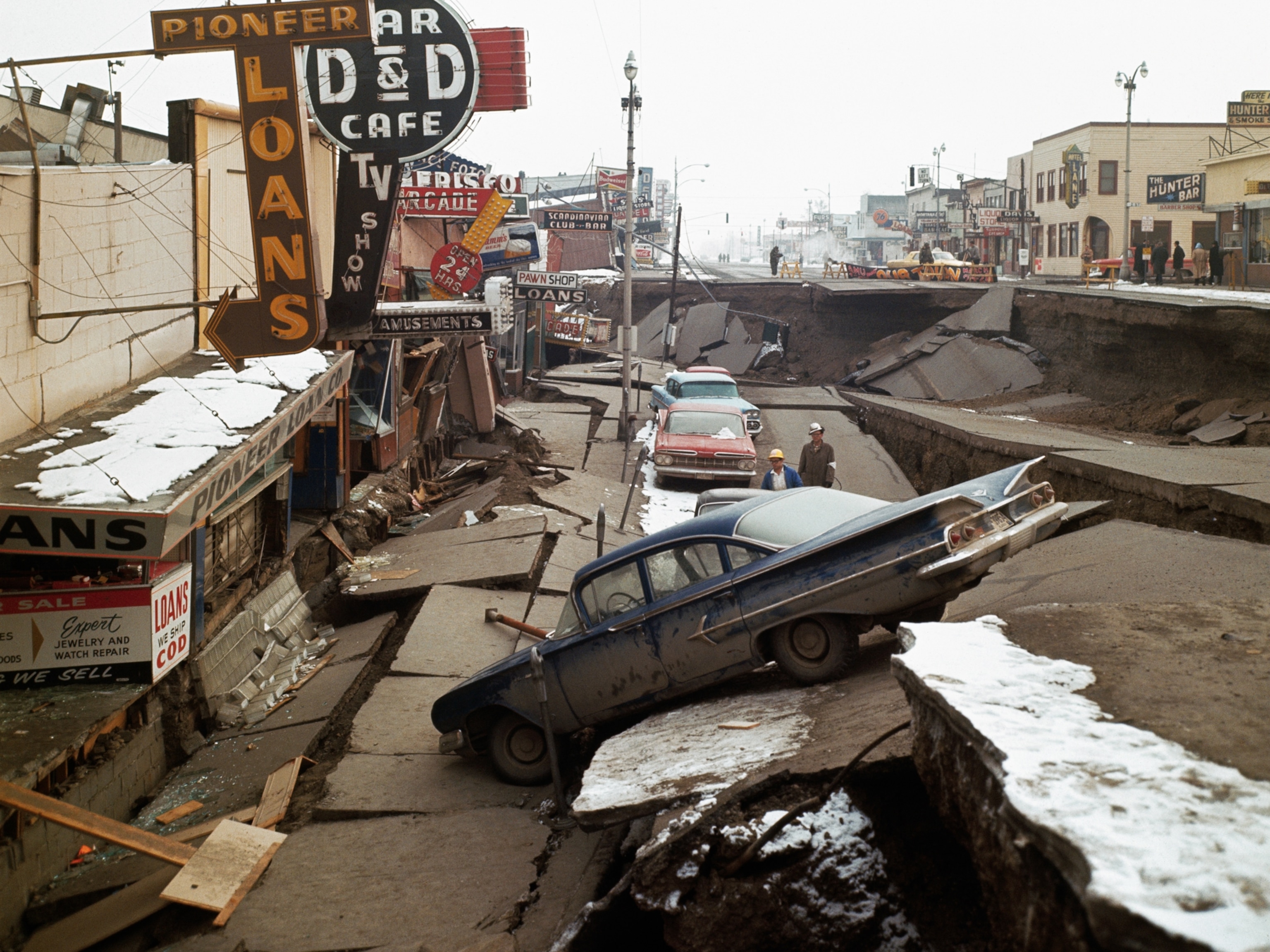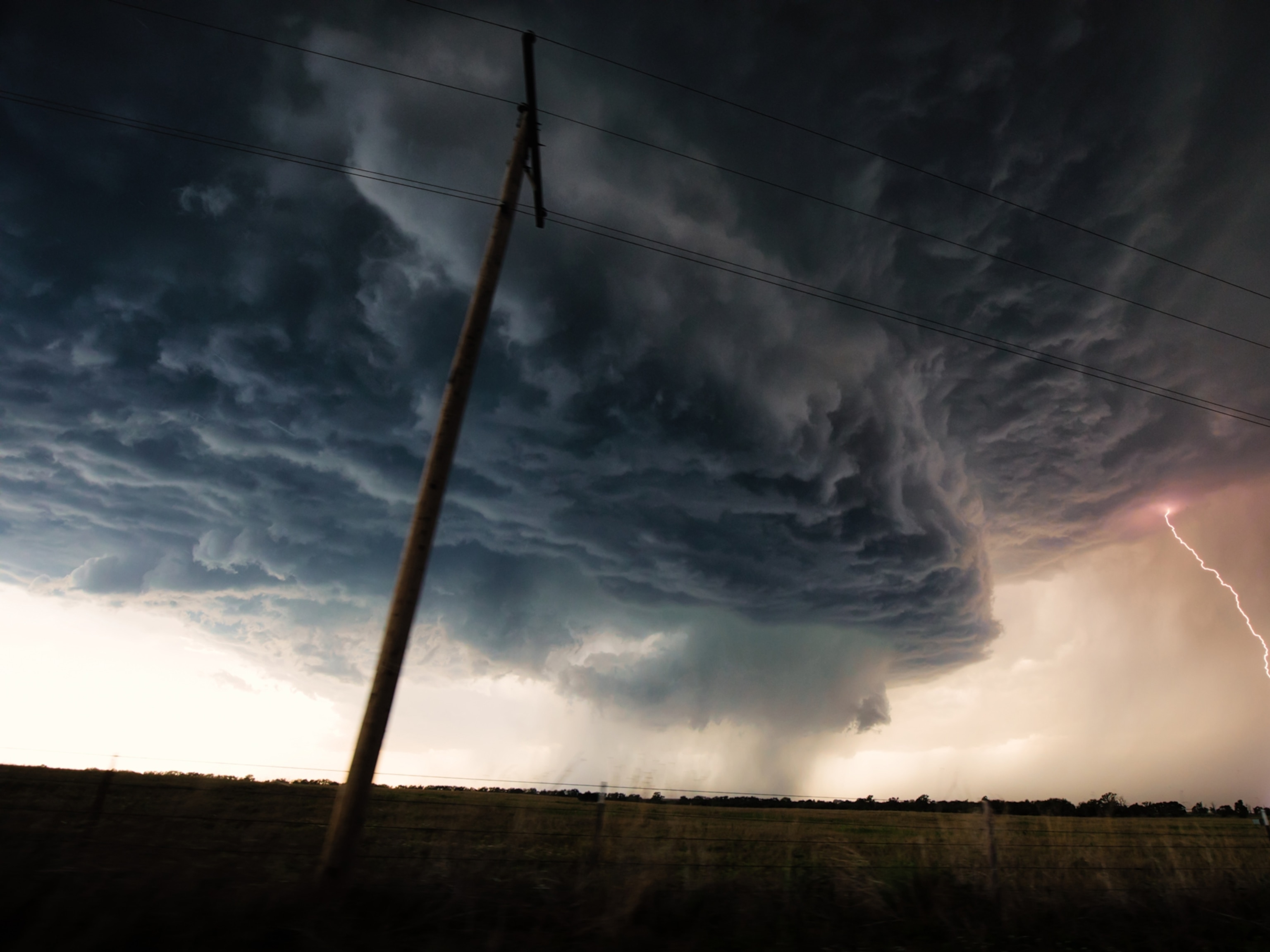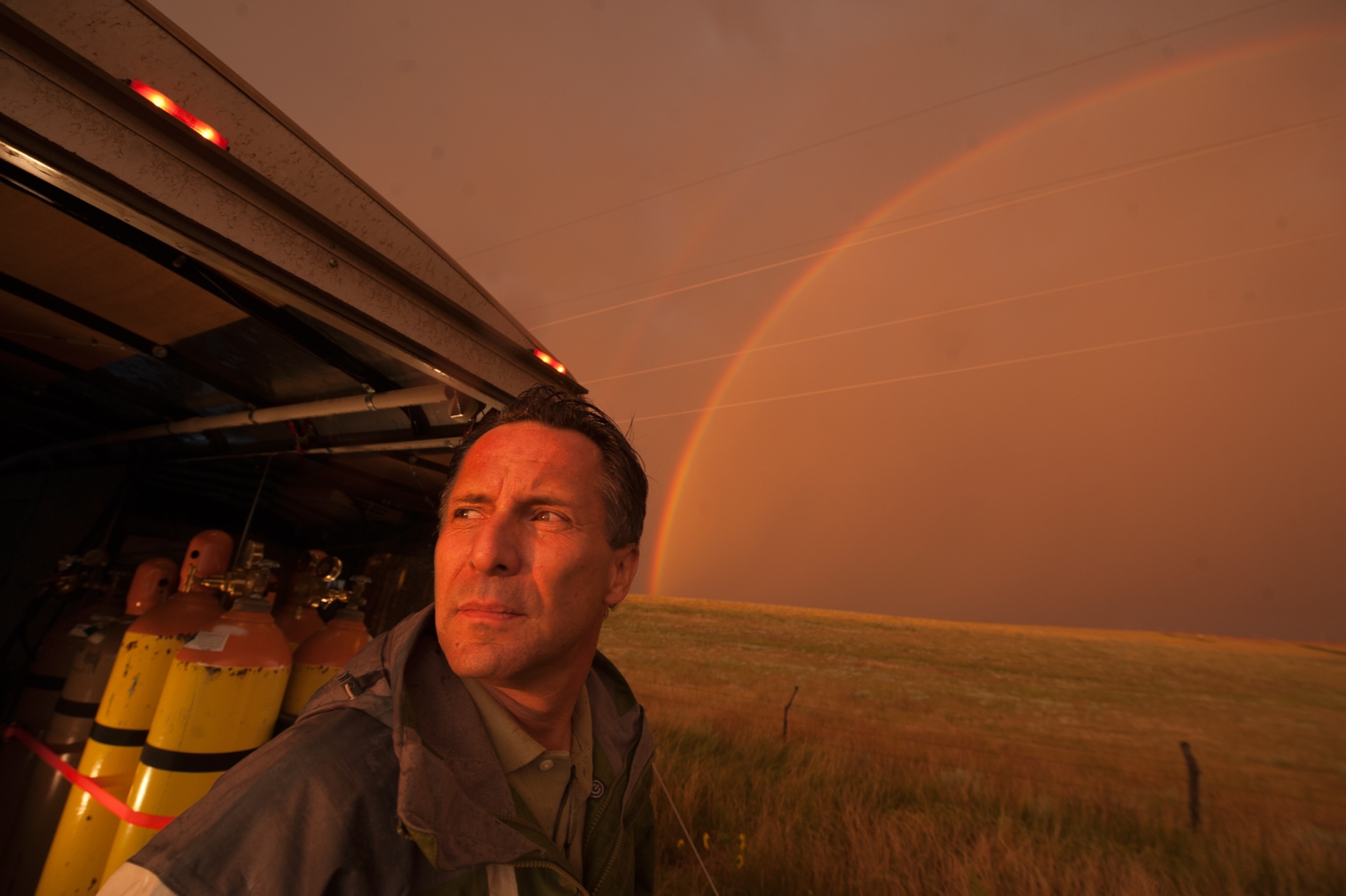
Why a Killer Tornado Got Only a "3" Rating
Rating the intensity of storms is an inexact science.
It was a storm of epic proportions: The tornado that hit El Reno, Oklahoma, was as wide as Manhattan, spun off subvortices as fast as NASCAR drivers circle a track, and had some of the strongest winds ever measured. It took the lives of three highly experienced storm chasers. Yet it's going down in the record books as a mundane EF3.
The reason: The May 31 storm just didn't do enough damage to achieve a higher Enhanced Fujita (EF) rating. Now weather scientists are asking if the rating system needs an overhaul in the age of mobile Doppler radar and other sophisticated tracking techniques, and some are pressing for a new rating formula that would include measurements of maximum wind speeds.
Scale Based on Damage
In 1971, when Ted Fujita introduced the original Fujita (F) scale, it wasn't possible to measure a tornado's winds while they were happening. So he proposed creating after-the-event surveys of a tornado's path and correlating storm damage with the intensity of the wind that created it. Was the surface peeled off a home's roof? That's F1 damage, probably from 73- to 112-mile-an-hour winds. Or was the house totally leveled? That's at least an F4, with winds ranging from 207 to 260 miles an hour.
The Fujita Scale
(Wind speeds are estimates)
Fujita's scale was an important tool for scientists, enabling them to keep a running database of tornado intensities. But it was far from a perfect system. "This was just a crude estimate," explains meteorologist Howie Bluestein of the University of Oklahoma. It did not, for example, account for key factors such as structural variations in different types of building.
Seeing the need for a reassessment of the rating in the early 2000s, the Wind Science and Engineering Research Center at Texas Tech University brought together a forum of weather experts to give new definition to the scale. The forum added more "damage indicators" (DIs) to Fujita's system, choosing 28 objects, such as barns and hardwood trees, to include in surveys. Then six experts estimated the wind speeds for each DI, ranging from light damage to total demolition, and created a damage checklist to aid surveyors in their postmortem tornado tours. The Enhanced Fujita scale was born.

The meteorological community hailed the enhanced scale as an improvement, and the National Weather Service (NWS) began using it in 2007. But one central weakness remained: There was little hard data on how much damage a particular wind speed can cause. The correlation between wind speed and damage was based on "six very smart guesses, probably the best that we had. But they were still guesses," says meteorologist Josh Wurman, a member of the Fujita scale forum.
... very smart guesses, probably the best that we had. But they were still guesses.
The EF scale is especially inexact for the many tornadoes that occur over open country, as even strong winds wouldn't have much impact on, say, a wheat field. So using damage as a sole measure can be limiting.
Debate Over the El Reno Tornado
When NWS sent a team of four to do the El Reno damage survey, they unanimously found it to be an EF3. However, they also acknowledged that much of the tornado's path was over empty fields. So it wasn't a surprise to Tim Marshall, who was on the team, when he later heard that Doppler radar had measured winds in the EF5 range.
Meteorologist Jeff Snyder (of Bluestein's lab) and Wurman independently shared their radar data with the NWS; both sets of data showed winds near 300 miles per hour. The local NWS in Norman, Oklahoma, decided to incorporate that information and changed its EF rating from a 3 to a 5. This decision was widely supported: "If the new technology allows us to make wind measurements safely and remotely right near the ground, it seems ridiculous not to use those measurements," Bluestein says. "The damage surveys were very, very inexact and they were what you used when you had absolutely no other information."
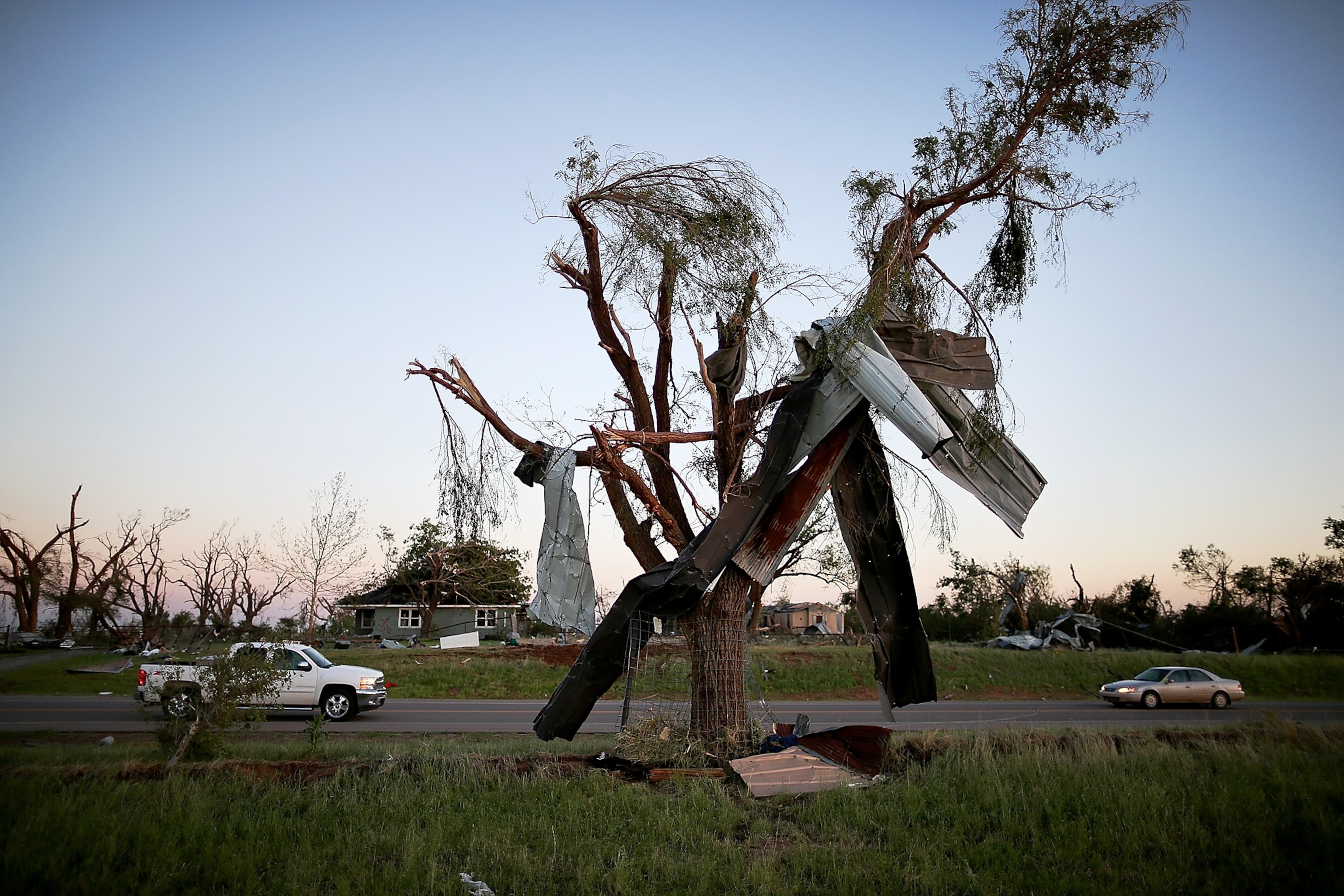
But incorporating radar data into the EF scale may not be that simple. While the EF scale is intended to describe tornado-strength winds as they occur for three seconds ten meters off the ground, radar data describes instantaneous winds, and usually at higher altitudes. "It's not an apples to apples comparison," Snyder explains. "We don't know how winds change with height inside of a tornado." The fact that radar data are available for a very small fraction of the tornadoes that occur creates further inconsistencies.
Because of these complications, the NWS decided to stick to strict damage analysis to make its tornado ratings, at least until there is a standardized way to incorporate radar measurements. When the Norman office submitted their El Reno report to headquarters, the EF5 grade was rejected, and the storm was again classified as an EF3. "While the wind measurements from the mobile radars are considered reliable, NWS policy for determining ratings is based on surveys of ground damage," a NWS statement read.
The back-grading of the El Reno storm led to some heated controversy within the meteorological world. Meteorologist Jim LaDue of the NWS is trying to coordinate an effort to incorporate radar measurements into the EF scale. He explains that a primary reason to rate a storm in the first place is to "figure out what meteorological conditions accompanied strong and violent tornadoes." In order to do this, "we need as accurate a truth as possible of how strong these tornadoes were. Not just what the damage was, but what were the maximum wind speeds," he says.
The debate also has been fueled by the tragic fact that this particular tornado was the first to cause the death of storm chasers, including Tim Samaras, one of the field's greatest heroes. "When people are killed, it's almost as if the loss is not being respected if it happened in less than the worst event," Wurman says. "But even EF3 tornadoes can kill people."

